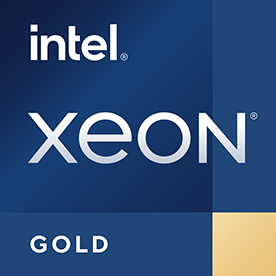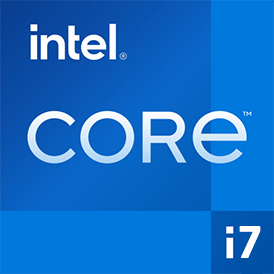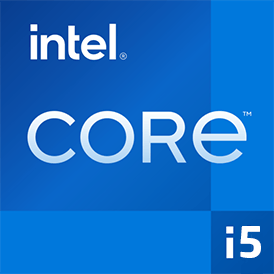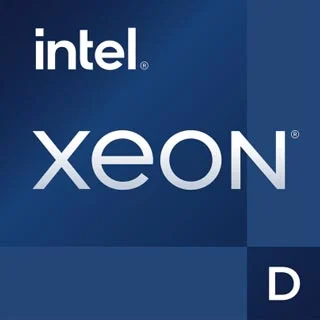Comparaison entre la carte vidéo Gainward GeForce GTX 980 Ti Phoenix GS et la carte vidéo NVIDIA GeForce RTX 2080 SUPER Founders Edition par spécifications et points de repère. Gainward GeForce GTX 980 Ti Phoenix GS fonctionne à la vitesse d'horloge de base de 1.241 GHz+ 24 % et dispose de 6 GB de mémoire GDDR5, tandis que la carte vidéo NVIDIA GeForce RTX 2080 SUPER Founders Edition fonctionne à la vitesse d'horloge de base de 1.241 GHz+ 24 % et dispose 8 GB de mémoire GDDR6. Le poids est différent, -- vs --. Le TDP de la première carte vidéo est 250 W et le second est 250 W . Comparez les résultats de référence pour savoir quelle carte vidéo est la meilleure.


 Russian
Russian  English
English  Germany
Germany  Portuguese
Portuguese  Italian
Italian  Japan
Japan  Spanish
Spanish  Polish
Polish  Chinese
Chinese 








